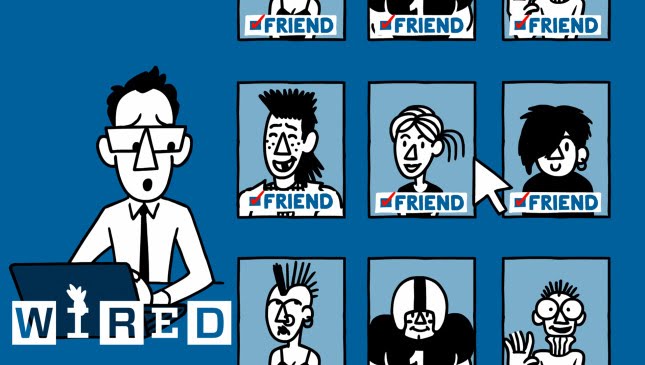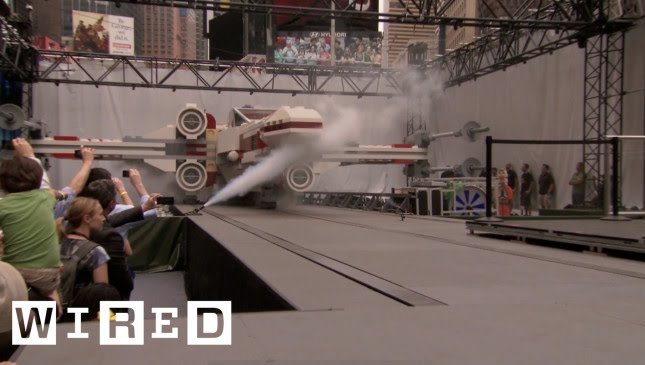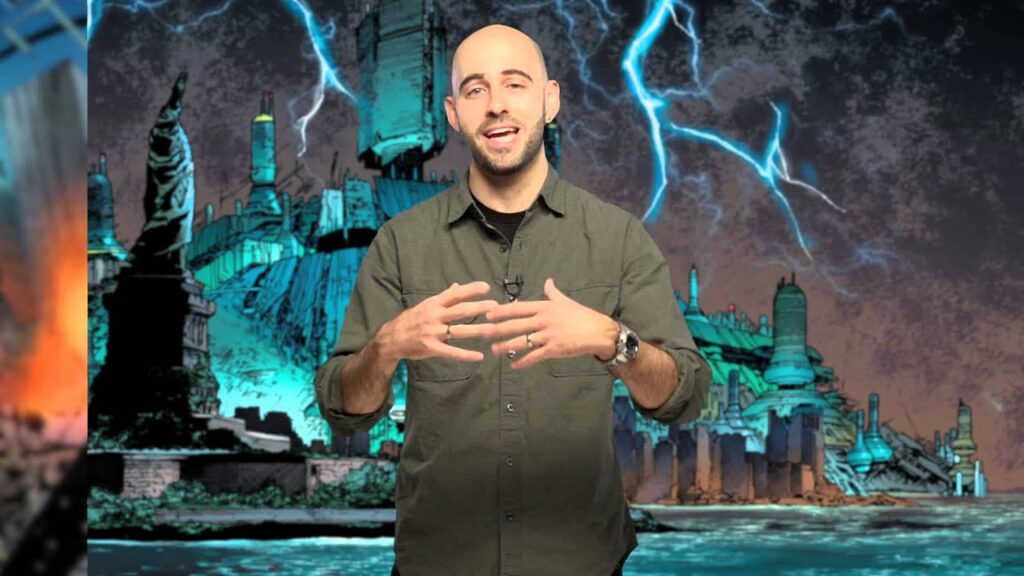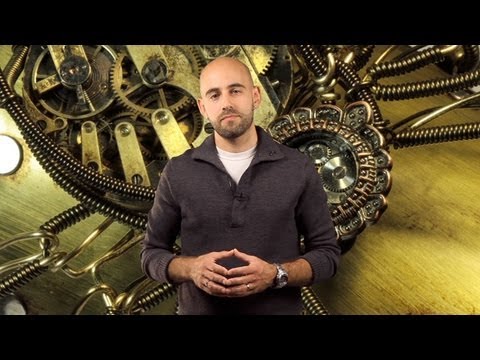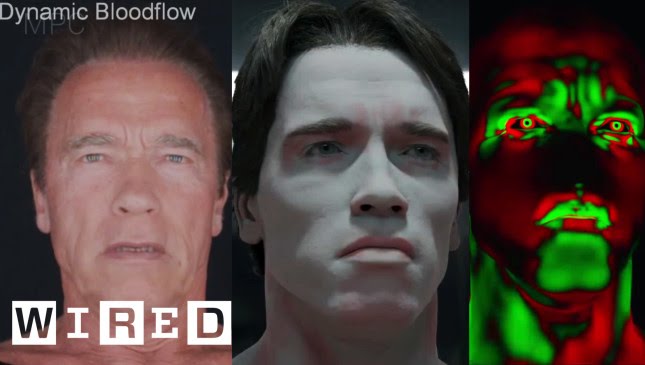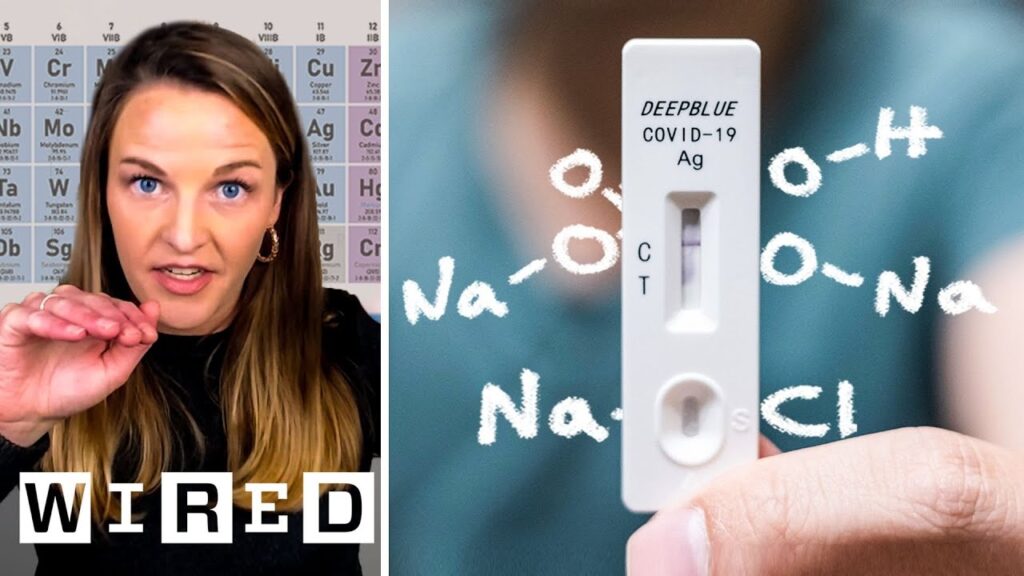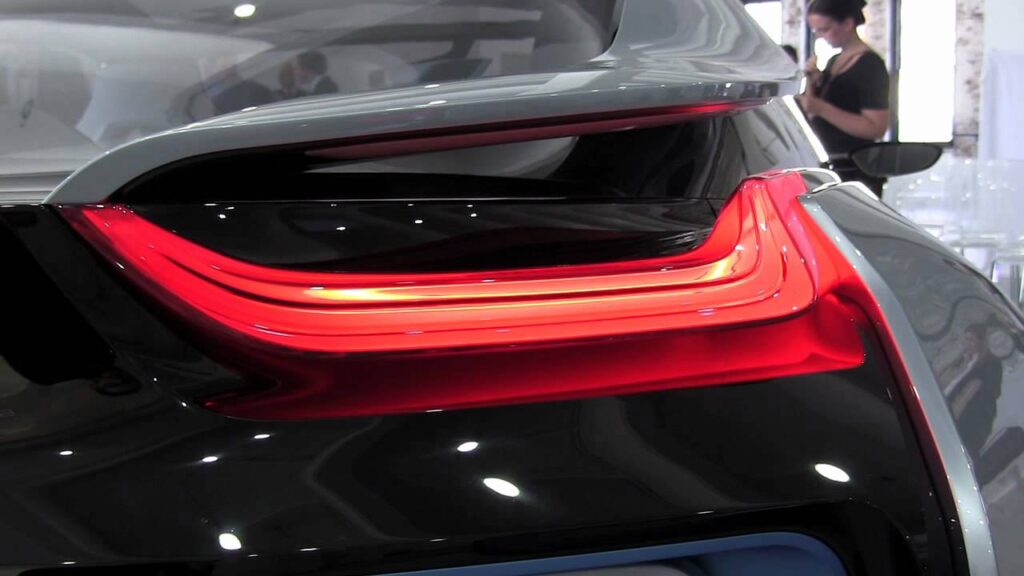Cataclysmic Annihilation Via an iPad: The Making of Noah’s Rain Scene
Summary
In this article, we explore the making of the biblical epic Noah’s rain scene, which required a lot of rain and water. The filmmakers needed to produce rain effects to cover an outdoor set about the size of two football fields, which they achieved through a huge light and rain rig on three 300-tonne cranes. The system rained out about 5,000 gallons a minute from a vast set of rain bars, using two different types of rain sprinklers, controlled by a custom iPad app.
Table of Contents
- Filming Special Effects
- Shooting Rain Effects for Noah
- Building a Huge Light and Rain Rig
- Controlling the Rain with an iPad
- Conclusion
Filming Special Effects
According to Oscar-winning special effects expert Bert Dalton, the old adage for filming special effects is front light snow and back light rain. This is because unless rain is backlit, it’s very hard to read on camera. In the case of Noah’s rain scene, the team had to produce rain effects to cover an outdoor set about the size of two football fields, and they quickly realized that they needed to do this by shooting night for day.
Shooting Rain Effects for Noah
Shooting night for day was necessary because if they were to shoot during the day, they would have the sun constantly moving, and they’d never consistently be able to backlight the rain. But lighting up a couple of football fields with a torrential deluge isn’t that simple.
Building a Huge Light and Rain Rig
To achieve the rain effects, the team built a huge light and rain rig on three 300-tonne cranes. Hanging from each of the cranes was a vast set of rain bars, each of which was about a hundred feet by forty feet wide. On top of those were placed massive balloon space lights. The system rained out about 5,000 gallons a minute from these huge arrays, using two different types of rain sprinkler.
Controlling the Rain with an iPad
The team used a custom iPad app to control the rain effects. Each individual rain head had its own solenoid, so if the team wants to white out the background, they can turn on and run just the mist heads at the back. If they want pouring rain, they can run those really big goose drowners, and of course, it’s easy to turn everything off. But it’s just as easy to isolate one area and keep it dry, all from the power of this custom iPad app.
Conclusion
In conclusion, the making of Noah’s rain scene required a lot of planning and effort. The team had to build a huge light and rain rig on three 300-tonne cranes to produce rain effects that covered an outdoor set about the size of two football fields. They used a custom iPad app to control the rain effects, and in the end, the whole scene had a massive water simulation digitally added by IL to complete the sequence. It’s a testament to the creativity and ingenuity of the filmmakers and special effects experts who worked tirelessly to bring this epic scene to life.
